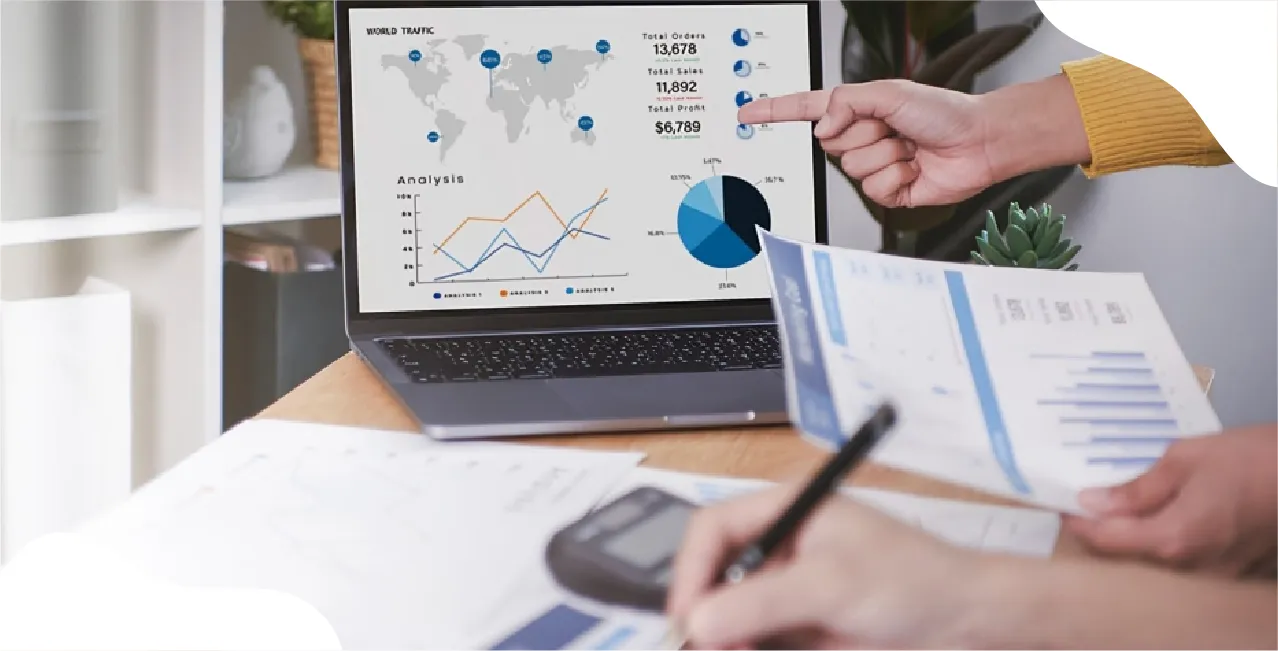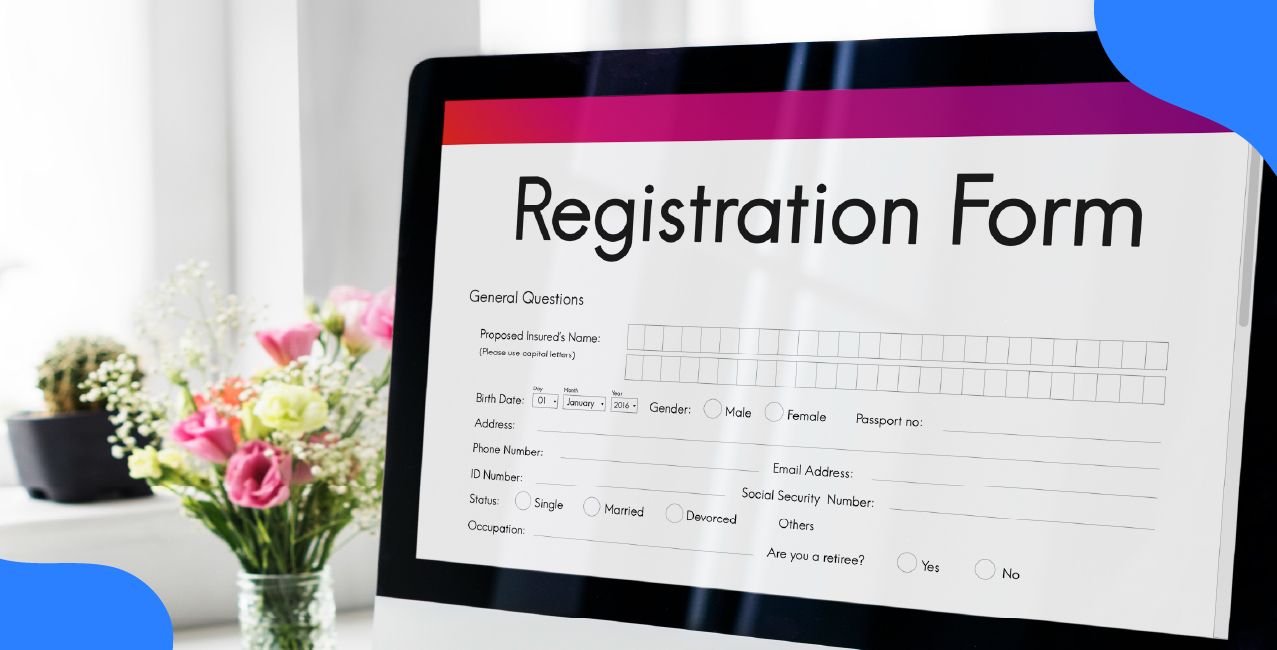
Author
LoansJagat Team
Read Time
8 Min
18 Jul 2025
GST Composition Scheme: Eligibility, Tax Rates, Filing Process and Advantages
Akash manages a family restaurant and brings in ₹80,00,000 per year. With the GST Composition Scheme, he benefits from less tax burden and less paperwork.
Eligibility:
- Annual turnover up to ₹1.5 crore (₹75,00,000 for some states).
- No interstate sales.
- Cannot claim GST input credit.
Tax Rates:
Advantages for Akash:
- Lower Tax: Pays only 5% on turnover (₹4 lakh/year vs. 18% under regular GST).
- Less Compliance: No monthly filings, fewer records.
- Saves Time: Focus on business, not taxes.
Example: Akash pays ₹4,00,000 per year under Composition vs. ₹14,40,000 under regular GST, and Akash saves ₹10,40,000!
What is the GST Composition Scheme?
The GST Composition Scheme is a simple tax plan for small businesses in India. It helps them pay lower taxes with less paperwork.
Key Features:
- Lower Tax Rate: Pay a fixed small percentage of turnover.
- Less Compliance: No monthly filings, only one annual return.
- No Input Tax Credit (ITC): Cannot claim GST paid on purchases.
Example: Akash’s Restaurant
- Akash runs a small family restaurant, earning ₹80,00,000 per year.
- Under regular GST, he would pay 18% tax (₹14,40,000/year).
- Under the Composition Scheme, he pays only 5% tax (₹4,00,000/year).
- Saves ₹10,40,000 per year and avoids complex filings.
GST Composition Scheme vs. Regular GST
Who Can Use It?
- Businesses with a turnover up to ₹1.5 crore (₹75 lakh in some states).
- No interstate sales.
- Restaurants, small shops, and manufacturers.
Since Akash pays less tax and spends less time filing, he can give more attention to his restaurant.
Who is Eligible for the GST Composition Scheme?
If you are a small business and would prefer to pay less tax while having less paperwork, you can go for the Composition Scheme. These are the eligible applicants for the project:
Eligibility Rules:
- Turnover Limit:
- ₹1.5 crore/year (₹7500,000 in North-Eastern & hill states).
- Restaurants (like Akash’s): Up to ₹1.5 crore (if only selling food, no alcohol).
- No Inter-State Sales: Businesses must operate only in one state.
- Cannot Claim ITC: No refund for GST paid on purchases.
- Cannot Sell Exempt Goods: Like unbranded food grains.
Example: Akash’s Restaurant
- Earns ₹80,00,000/year (below ₹1.5 crore limit).
- Sells only food (no alcohol).
- Operates only in Uttarakhand (no branches in other states).
- Eligible? Yes!
Who CANNOT Use It?
Because Akash’s place is small, local and only sells food, he qualifies for assistance.
GST Tax Rates Under the Composition Scheme
With the Composition Scheme, small businesses can enjoy fixed, low tax rates according to what they sell. This is how it happens:
Applicable Tax Rates:
Example: Akash's Restaurant
- Business: Family restaurant (food service).
- Annual turnover: ₹80,00,000.
- Applicable rate: 5%.
- Tax payable: ₹4,00,000/year (5% of ₹80,00,000).
- Savings: ₹10,40,000 less than regular GST (18%).
Key Points:
- The rate is fixed regardless of profit.
- Calculated on total turnover, not item-wise.
- No extra charges - simple flat rate.
- No GST collected from customers (unlike regular GST)
Akash benefits because:
- Pays only 5% tax instead of 18%.
- No complex item-wise calculations.
- Easy to predict tax liability each year.
Filing Process Under the Composition Scheme
The Composition Scheme under GST means Akash and similar businesses need to file taxes just once a year. Here’s the process of makeup:
For Akash's Restaurant (₹80,00,000/year turnover):
What Akash Doesn't Need to Do:
- File GSTR-1 (sales details).
- File GSTR-3B (monthly summary).
- Maintain complex purchase records.
Akash's Benefit:
- Spends just 1-2 days/year on GST compliance.
- No last-minute stress about monthly filings.
- More time to focus on his restaurant business.
The process has been designed to be fast and easy for small business owners.
Advantages of the Composition Scheme for Akash
Akash's restaurant makes significant gains by using the Composition Scheme (₹80,00,000/year).
Key Benefits:
Why Akash Prefers It:
- Saves money (lower tax)
- Saves time (minimal filings)
- Reduces stress (no complex rules)
The scheme is perfect for small, local businesses like Akash's restaurant.
Disadvantages of the Composition Scheme for Akash
Even though the scheme is helpful, there are limitations at Akash's restaurant:
Key Drawbacks:
Trade-off:
Akash saves ₹10,40,000 in tax but loses ₹2-3 lakh in ITC. Best for small, local businesses with simple operations.
Conclusion
Due to the GST Composition Scheme, Akash, the owner of a local restaurant that generates income of ₹80,00,000 every year, has easy benefits. By choosing this scheme, Akash will only pay 5% tax (₹4,00,000), which saves him an enormous amount of ₹10,40,000 every year.
Instead of filing every month, he just needs to focus on his annual filing which provides him with more time to take care of his customers. Meanwhile, it has certain drawbacks. Akash cannot also afford to move outside the state and reinforce his business processes because he is unable to claim tax credits against what he buys (roughly ₹2,00,000 to ₹3,00,000 per year).
Since his restaurant remains relatively small and only serves the surrounding area, the Composition Scheme is good for him. When his business scales to be ₹1.5 crores or when he desires expansion, he will have to utilise regular GST. The plan offers a sweet combination of low tax and simplification of regulation to Akash, and others in his lot.
FAQs
1. What is the GST Composition Scheme?
The Composition Scheme is a simple tax plan for small businesses. It lets them pay a fixed low tax rate (like 1%, 5%, or 6%) on their total sales instead of the regular GST rates.
2. Who can use this scheme?
Small businesses with sales up to ₹1.5 crore (₹75,00,000 in some states) can use it. Restaurants (like Akash’s) can join if they only sell food and stay under this limit.
3. How much tax will Akash pay under this scheme?
Akash’s restaurant pays 5% tax on his ₹80 lakh turnover, which is ₹4,00,000 per year, much less than the ₹14,40,000 he’d pay under regular GST.
4. What are the main benefits?
Lower tax (saves money), only 1 annual return (saves time), no complex monthly filings.
5. What are the disadvantages?
No tax refund on purchases (loses ₹2-3 lakh yearly), can’t sell to other states, and corporate customers may avoid him.
6. How often does Akash need to file returns?
Just once a year (GSTR-4) by April 30. He also pays tax every 3 months, but has no monthly filings.
7. Can Akash claim GST paid on ingredients?
No. Under this scheme, he can’t claim refunds for GST paid on purchases like vegetables or kitchen equipment.
8. What happens if Akash’s sales cross ₹1.5 crore?
He must leave the scheme and switch to regular GST from the next financial year.
9. Can Akash sell food online (Zomato/Swiggy)?
No. If he registers with food delivery apps, he can’t use the Composition Scheme.
10. How does Akash sign up for this scheme?
He logs in to the GST portal, fills out Form GST CMP-02, and starts filing quarterly payments. It’s quick and free.
Other Related Pages | |||
About the Author

LoansJagat Team
‘Simplify Finance for Everyone.’ This is the common goal of our team, as we try to explain any topic with relatable examples. From personal to business finance, managing EMIs to becoming debt-free, we do extensive research on each and every parameter, so you don’t have to. Scroll up and have a look at what 15+ years of experience in the BFSI sector looks like.

Quick Apply Loan
Subscribe Now


